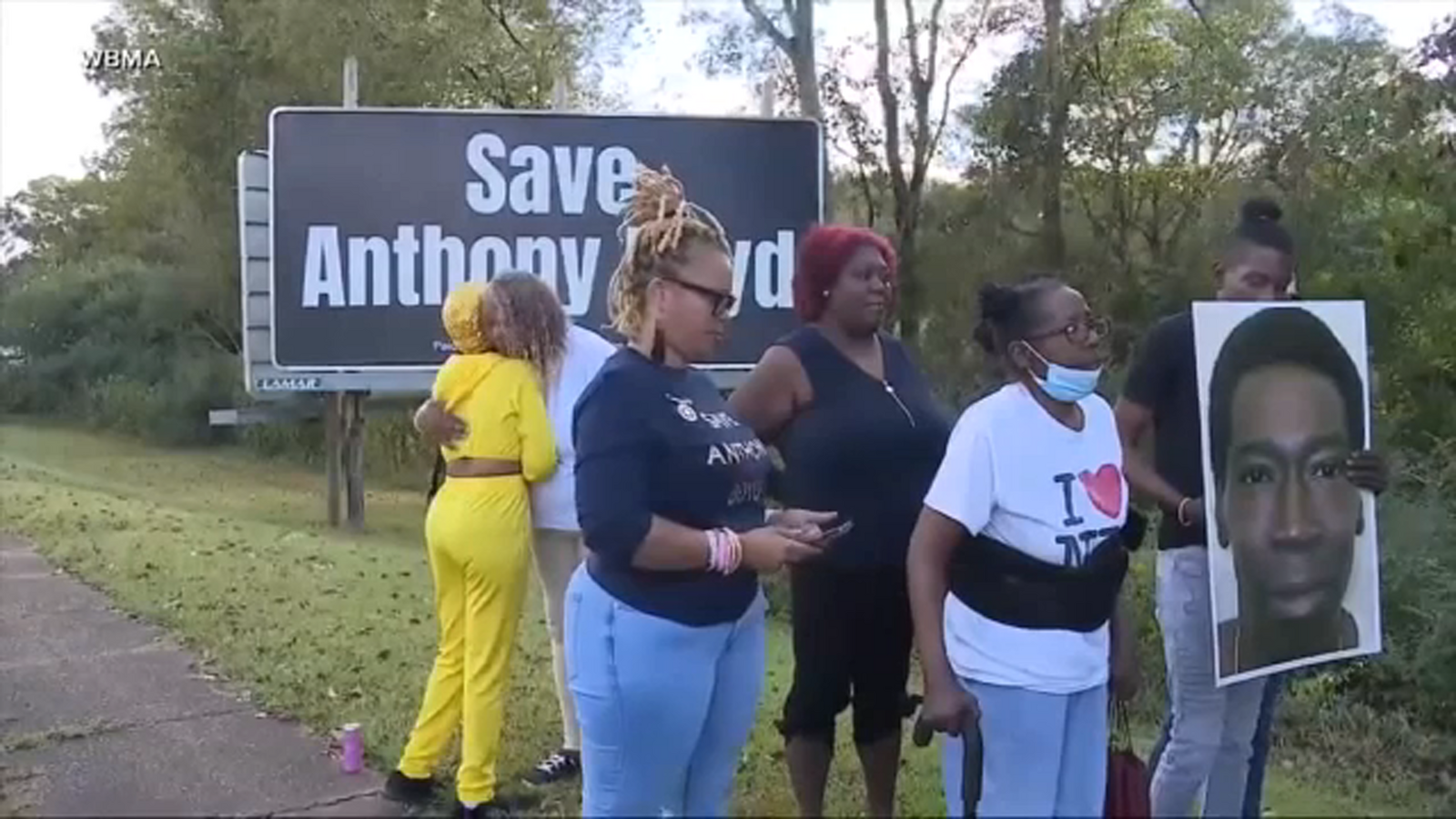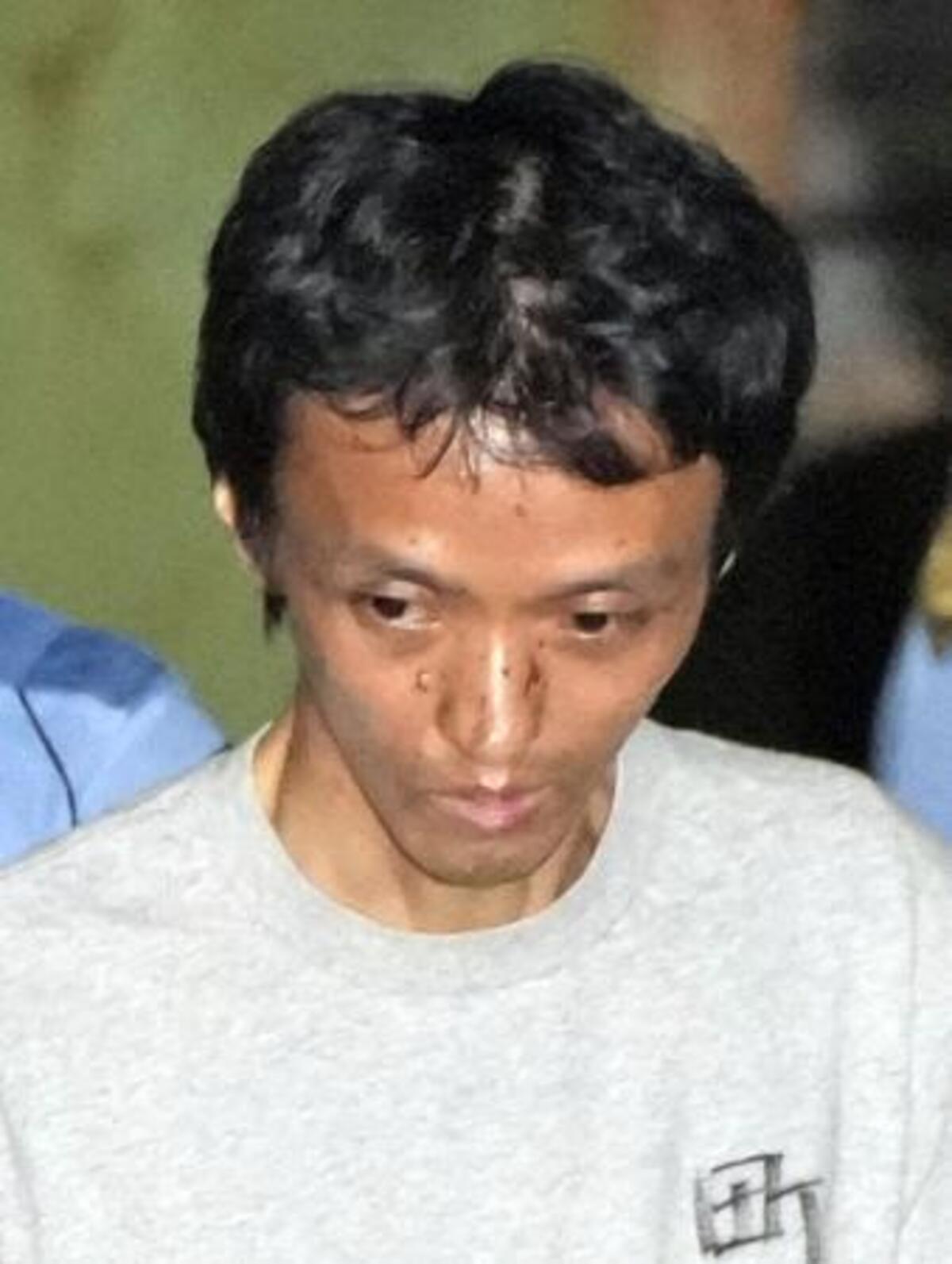**Alabama Man Executed by Nitrogen Gas for 1993 Murder Over $200 Drug Debt**
ATMORE, Ala. — An Alabama man convicted of helping to burn a man alive in 1993 over a $200 drug debt was executed by nitrogen gas on Thursday.
Anthony Boyd, 54, was pronounced dead at 6:33 p.m. at William C. Holman Correctional Facility, authorities said. The execution was carried out using nitrogen gas, a method Alabama began employing last year.
Boyd was sentenced to death for his role in the killing of Gregory Huguley in Talladega County. Prosecutors said Huguley was set on fire after he failed to pay for $200 worth of cocaine.
In his final words, Boyd proclaimed his innocence and criticized the criminal justice system. “I didn’t kill anybody. I didn’t participate in killing anybody,” he said. “There can be no justice until we change this system.” He went on to express love to those still fighting and concluded with, “Let’s get it.”
The execution appeared to take longer than prior nitrogen gas executions. The state does not disclose the exact time the gas begins flowing. Around 5:57 p.m., Boyd clenched his fist, raised his head off the gurney slightly, and began shaking. He then lifted his legs several inches off the gurney. By approximately 6:01 p.m., he started a prolonged series of heaving breaths that lasted at least 15 minutes before he became still. The curtain to the execution chamber was closed at 6:27 p.m.
According to the prison commissioner, nitrogen gas continues to flow for five minutes after monitoring confirms the inmate no longer has a heartbeat.
At Boyd’s trial, a prosecution witness testified as part of a plea agreement that Boyd taped Huguley’s feet together before another man doused Huguley in gasoline and set him on fire. Defense lawyers argued that Boyd was at a party the night Huguley was killed, and claimed the plea agreement testimony was unreliable.
A jury convicted Boyd of capital murder during a kidnapping and recommended a death sentence by a 10-2 vote.
Alabama Attorney General Steve Marshall released a statement affirming the state’s commitment to justice: “For more than 30 years, Boyd sought to delay justice through endless litigation, yet he never once presented evidence that the jury was wrong.”
Boyd had been on Alabama’s death row since 1995. He was also the latest chair of Project Hope to Abolish the Death Penalty, an anti-death penalty group founded by men on death row.
**Nitrogen Gas Execution Method**
Alabama began using nitrogen gas last year for certain executions. The method involves strapping a gas mask over the inmate’s face to replace breathable air with pure nitrogen, causing death through oxygen deprivation.
Nationwide, nitrogen gas has been used in eight executions: seven in Alabama and one in Louisiana.
The execution prompted conflicting accounts from the state and Boyd’s spiritual adviser regarding what occurred in the chamber. The Rev. Jeff Hood, who stood by Boyd as he died and was present at Alabama’s first nitrogen gas execution, described this one as “the worst yet.”
“This is by far nothing anywhere close to the quick, painless, easy execution Alabama promised,” Hood said. He suggested Boyd might have been trying to communicate through leg movements and believed Boyd was conscious for at least 16 minutes.
Alabama Corrections Commissioner John Hamm, however, said Boyd’s shaking and movements were involuntary reactions to oxygen deprivation. He acknowledged the execution took longer than some previous nitrogen executions but described the delay as only “a few minutes.”
**Legal Challenges and Supreme Court Response**
Boyd’s lawyers had asked a federal judge to halt the execution for further review of the nitrogen gas method. The judge denied the request, ruling that Boyd was unlikely to prove the method unconstitutional.
On Thursday afternoon, the U.S. Supreme Court also denied Boyd’s request to stay the execution and allow him to die by firing squad instead.
Justice Sonia Sotomayor wrote a scathing dissent, joined by Justices Elena Kagan and Ketanji Brown Jackson, citing witness reports of past nitrogen gas executions as “mounting and unbroken evidence” that the method is unconstitutional. Sotomayor wrote that “allowing the nitrogen hypoxia experiment to continue” fails to protect the nation’s dignity.
Alabama maintains that any shaking or gasping exhibited by inmates during nitrogen gas executions are largely involuntary responses caused by oxygen deprivation.
https://abc7chicago.com/post/alabama-execution-state-executes-anthony-boyd-nitrogen-gas-1993-murder-gregory-huguley-200-drug-debt/18065910/



